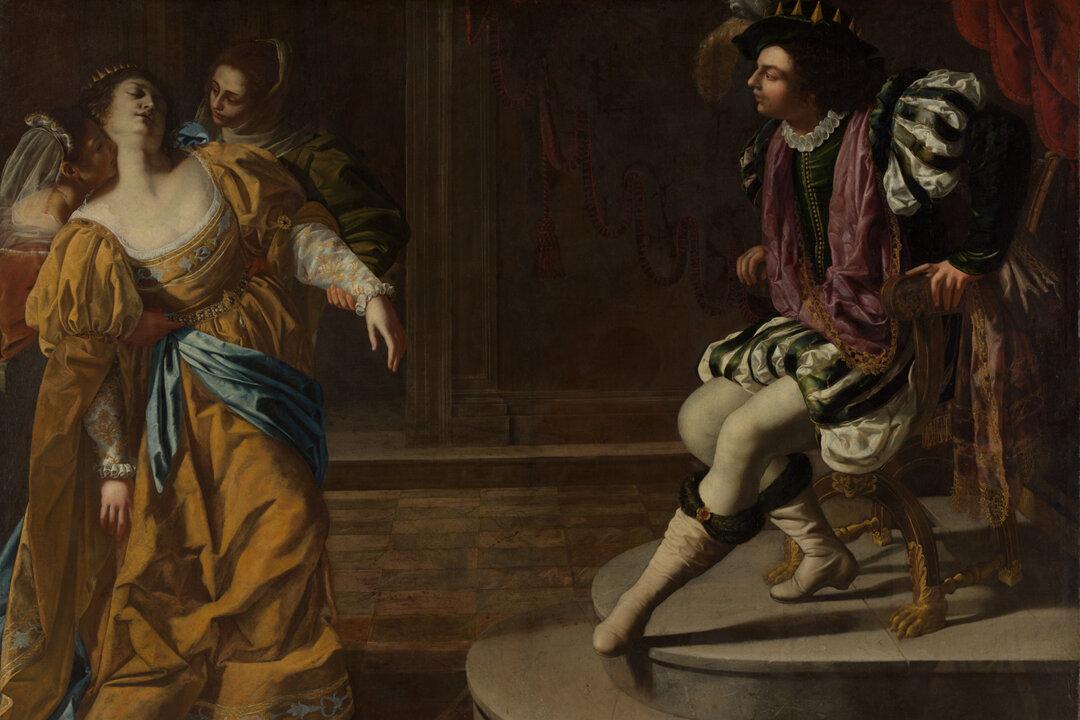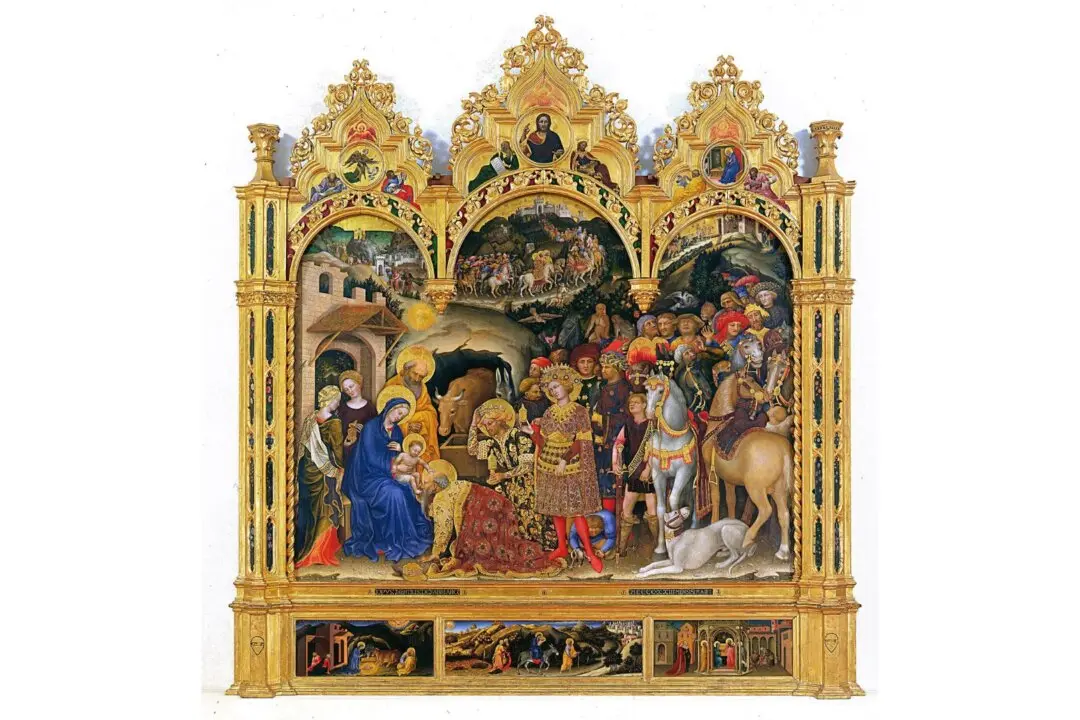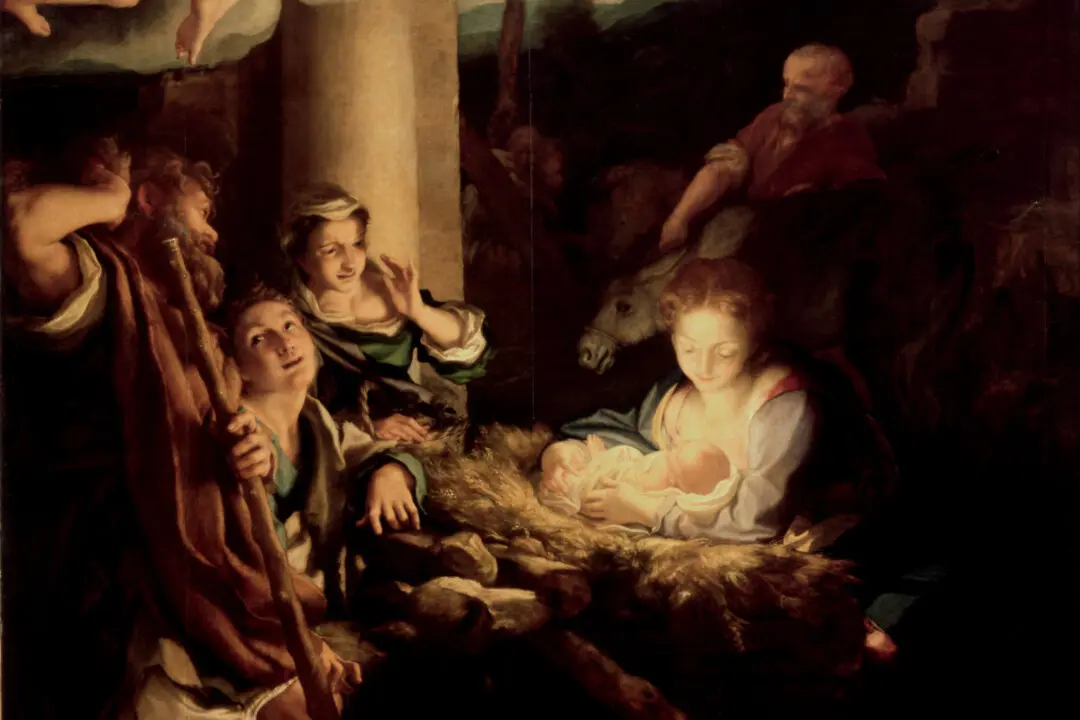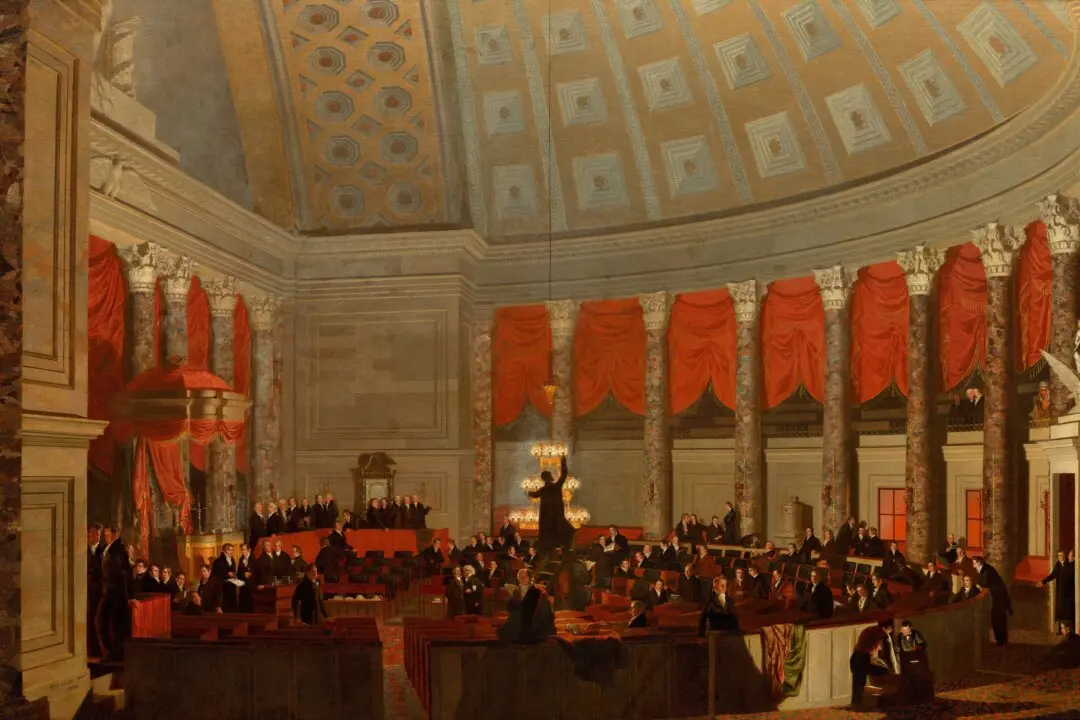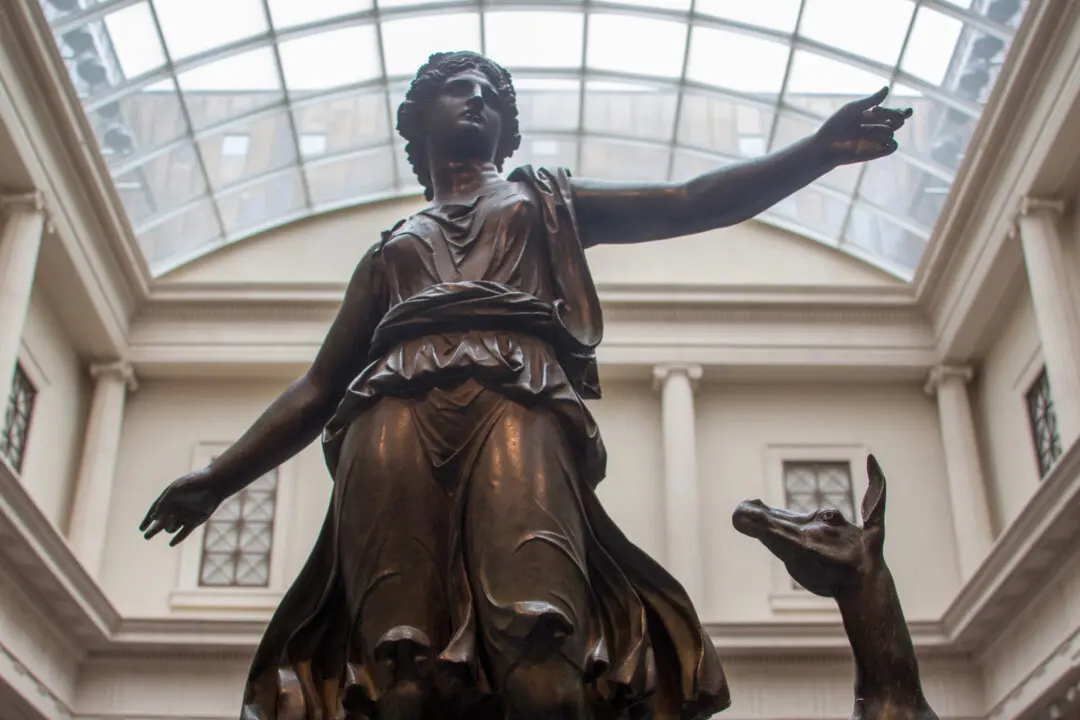The Jewish holiday of Purim originates from the Book of Esther. This Hebrew Bible story features the beautiful Queen Esther, her uncle Mordecai, her husband the Persian King Ahasuerus, and his government official Haman.
Unbeknown to the king, Esther is Jewish. When Haman plots to have the kingdom’s Jews massacred, Mordecai urges his niece to intercede on behalf of her people. Demonstrating great courage, Esther persuades the king to save the Jews. Purim celebrates the victory of the Jews and Esther’s bravery.

